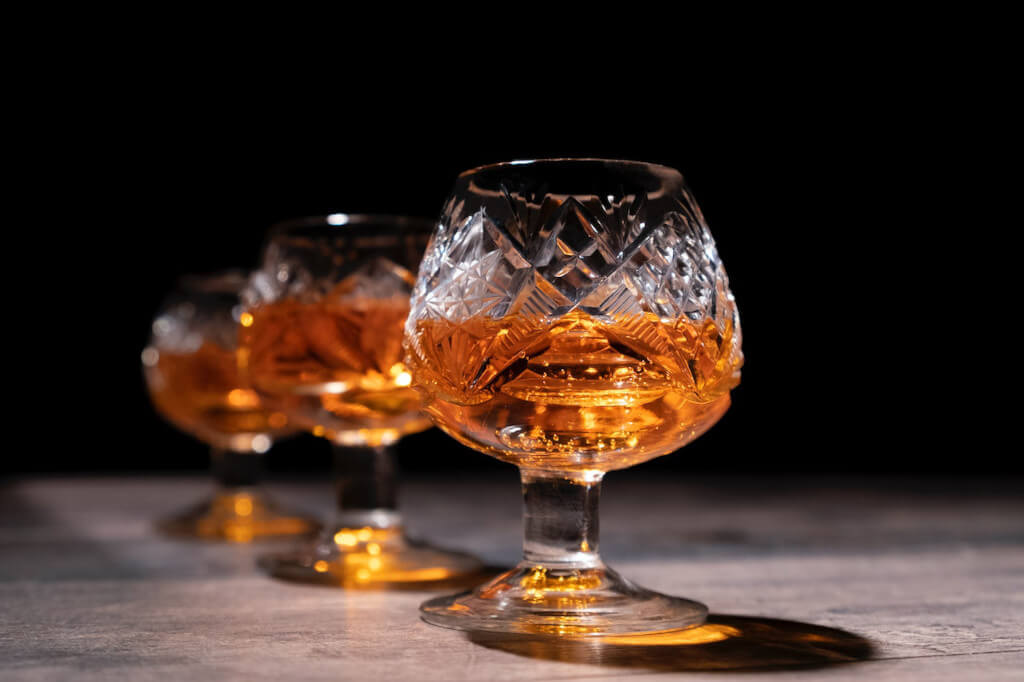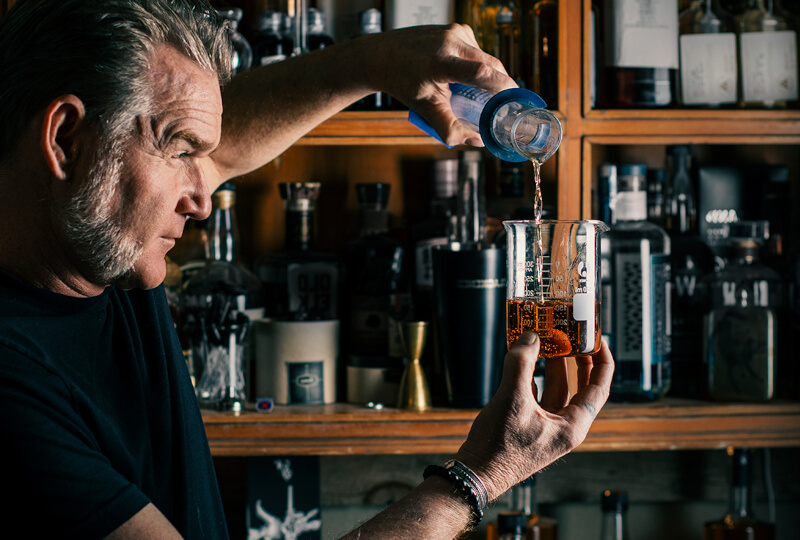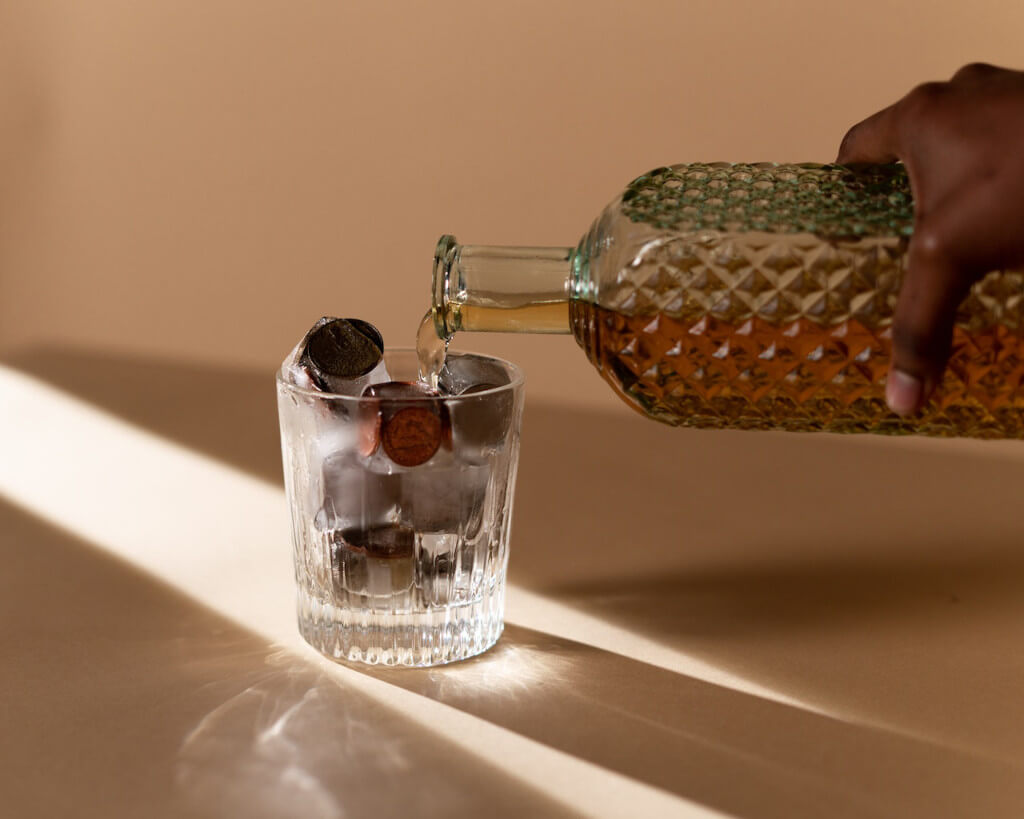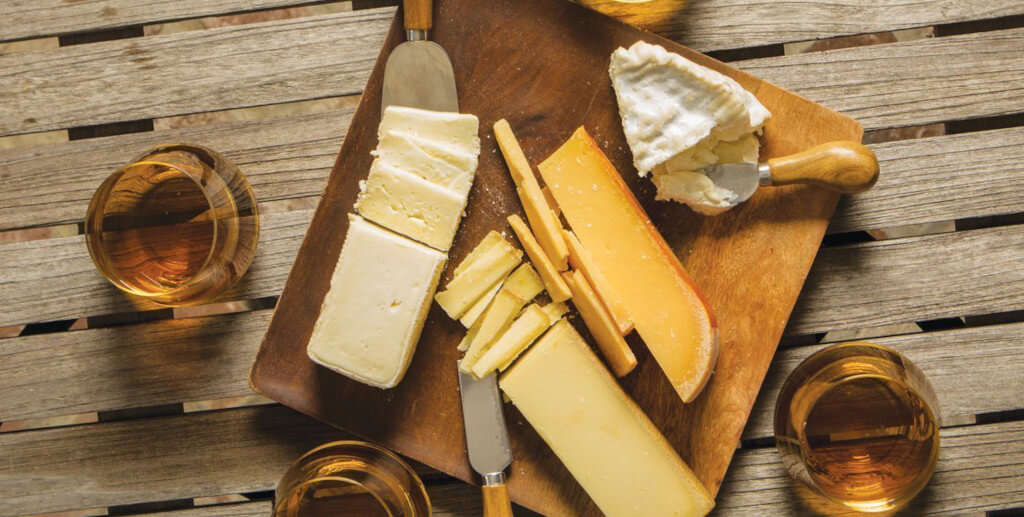Distillers have been employing various types of wood and casks to impart distinctive flavors and aromas into whiskey for as long as the spirit has been produced. These whiskies each have their distinct flavor characteristics, and glassblowers have responded by developing a wide variety of whiskey glasses. Although the Glencairn glass is the most well-known, many variants have been established over time, and the glasses we use now have a long and storied history.
Whiskey was first introduced to Ireland and England by monks traveling from mainland Europe more than a thousand years ago. Although grapes weren’t grown there, an abundance of grain and barley were available for the distillation of alcohol. As a result, whiskey was created. Whiskey, in its original language, means “water of life,” an idea that will make perfect sense to everyone who enjoys the spirit. No one knows for sure how the Irish and the Scots used to drink, but we can learn some insights from Irish folk stories.
We do know that by the 16th century, the quaich (from the Gaelic term cuach) had replaced other vessels as the whiskey cup of choice. Rather than being constructed of glass, the first whiskey glass was a shallow wooden bowl with handles. These bowls often featured elaborately carved motifs. These goblets were passed around at baptisms, nuptials, and other family celebrations. The quaich was meant to symbolize the social act of drinking with another person, not necessarily whiskey. Camaraderie. Celebration. Sometimes the individual on the opposite side of the cup was your new wife or a loving mother, but other times, you were clutching a single handle and trying to figure out if the man across the cup was a friend or foe.
In the 17th and 18th centuries, a silver quaich was a sign of affluence, while a silver-decorated wooden quaich was the status symbol of the middle class. Whiskey served in a quaich made by skilled hammersmiths and silversmiths was a mark of distinction on the part of the host. The host would always provide extra whiskey as guests were leaving to further strengthen bonds of friendship.
Before tumblers became popular in the 18th and 19th centuries, the quaich was the drink of choice. According to urban mythology, the tumbler got its name because it was so easy to knock over a full glass by setting it down before it was empty. The truth was a little different; the glasses’ rounded corners made them more durable. Glass tumblers remained the standard whiskey-drinking vessel as production surged and the price dropped. Tumblers are still widely used by whiskey aficionados today.
What’s a Quaich?
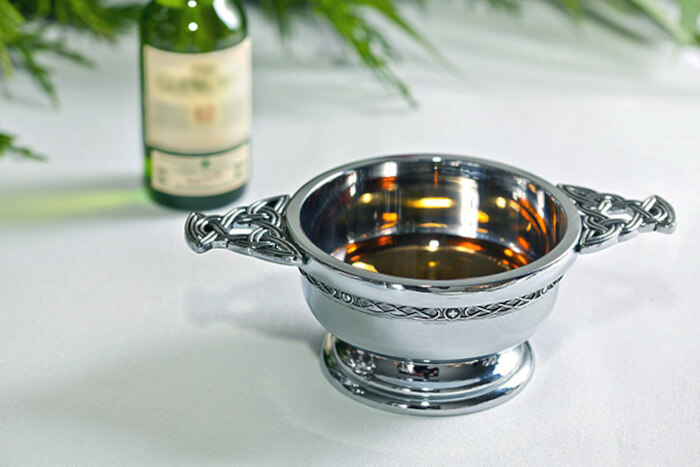
For centuries, Scots have used the quaich, their “cup of friendship,” to make a toast at clan gatherings, other family events, and to friends and visitors. The Gaelic word “cuach” for cup has been anglicized into “quaich” in Scotland. This trust between the giver and the receiver is symbolized by the two-handed design of the cup. While whiskey and brandy were typically stored in smaller quaichs, larger quaichs were used for consuming ale.
What is Its History?
Myth and conjecture abound about the quaich’s past. Some people think the quaich’s distinctive shape was inspired by the scallop shells that Highlanders used to enjoy a dram before its development. Others argue that they have been around since the Celtic Druids, who used them in rituals. Perhaps the allure of the quaich lies in the fact that its history will forever remain a mystery to us.
The silver quaichs of today are elaborate works of art, but their predecessors were considerably more straightforward. Made from a single piece of wood, these were passed about as a symbol of hospitality all over the Scottish Highlands and Islands. The quaich, whether presented by a clan head or a crofter, was a simple object that symbolizes friendliness. In truth, goldsmiths didn’t start making them out of valuable metals and stones until considerably later in their existence, in the seventeenth century. It was also standard at this time to modify the form so that it was more delicate and exquisite, to appeal to the tastes of the affluent in the Scottish Lowlands.
Do Modern Societies Make Use of Quaichs?
Quaichs are still widely used today and make excellent tokens of appreciation for significant life events like weddings and anniversaries. Christenings (a pun on the Scottish expression “wetting the baby’s head”) is one of the most common occasions for which to purchase a Quaich. As part of the festivities, quaichs are often utilized on Burns Nights. We think the Quaich should evolve to include the term “Cup of Friendship” due to its long tradition of connecting individuals for a joyful occasion.
The Widespread Increase in Whiskey Glasses
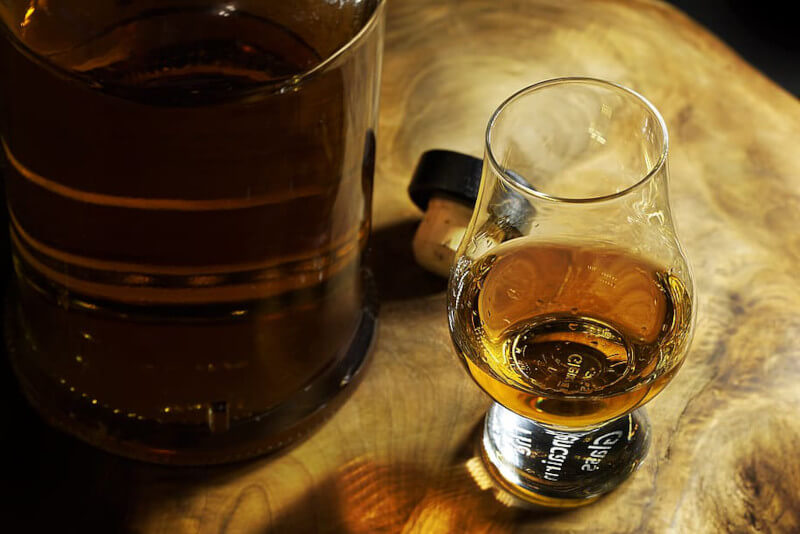
More and more people started drinking single malt whiskey, therefore various glasses were created to better complement the spirit. Now, more than ever, it was crucial to savor every bite, which required sampling new foods, taking careful notes, and analyzing complex flavor profiles. Reidel single malt whiskey glasses first appeared only a few decades ago. In 1992, whiskey connoisseurs convened at Riedel’s Austrian headquarters to evaluate several prototype glasses.
The professionals were shown a range of 18 glasses, all of which had their distinct designs. Georg Riedel met with master distillers throughout Scotland after the panel gave him their views to learn more about the significance of the form of whiskey cups. A glass with a truncated stem and an enlarged thistle shape was the result. The vinum, as the glass is now often called, has quickly gained popularity as a vessel for whiskey consumption.
Tumbling’s Impact on the World
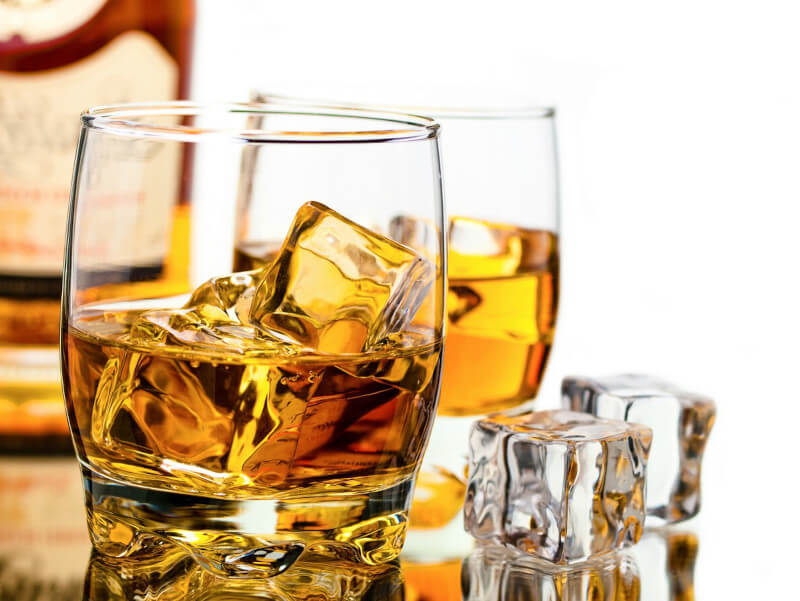
The appearance of the tumbler in the 17th century was the next major event in scotch glass history. The first version of the Tumbler had a round base. It got its moniker since legend has it that it can’t even stand up straight. Some said the glass would topple over and spill what was inside if set down before the drink was consumed. Others, however, argued that the tumbler’s stability was improved by the round base. The glass’s heavy construction made it spring back to its upright posture after being knocked over or dropped.
The glass material used in the tumbler made it simpler and more affordable to produce. It was manufactured in large quantities and made accessible to more people. It didn’t take long for this to become the standard scotch whiskey glass. The quaich was the standard scotch drinking vessel until the 19th century when it was supplanted by the dram.
Specialty Whiskey Glasses May Be Found Just About Anywhere Nowadays
Denver & Liely’s tough Arsilica Neat glasses (gone, nose burn!) and Norlan’s double-walled glass are worth checking out. In the end, your tastes should guide your decision. You should be able to see the spirit, smell the fragrances, and have a smooth transition from the glass to your mouth when drinking from a glass designed for spirits.


